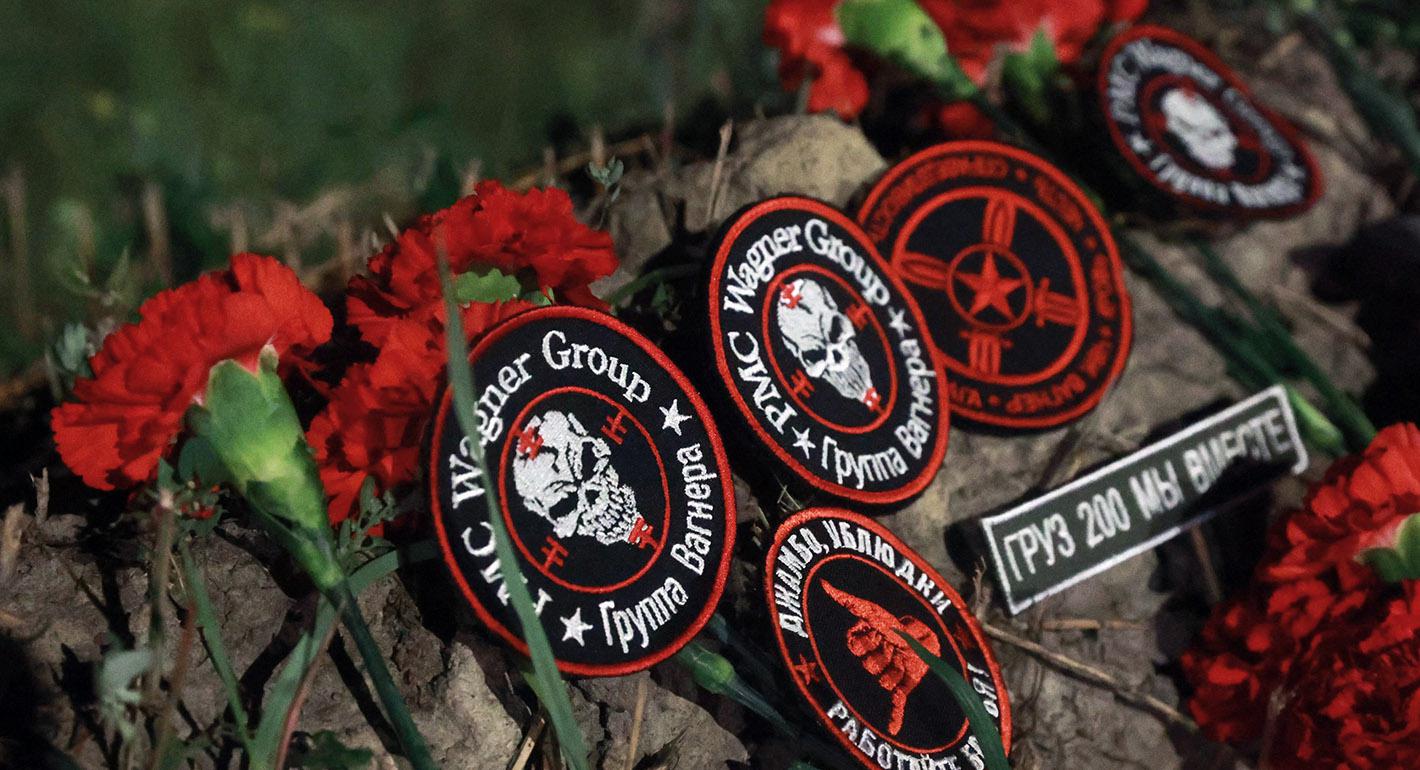“They got him in the end.” This was a common reaction to the news about the private jet crash that, at least according to Russian officials, killed the warlord Yevgeny Prigozhin, head of the infamous Wagner mercenary army. There are many theories about what actually happened, but the fundamental point is that President Vladimir Putin no longer had any need for Prigozhin, a man he publicly described as a backstabbing traitor during Wagner’s short-lived mutiny just two months ago.
Back then, many were shocked that Prigozhin’s uprising ended in a face-to-face meeting with the president: a rare privilege these days. According to Kommersant newspaper, the Wagner commanders present at the meeting nodded when asked if they were prepared to serve under a new leader—Alexei Troshev—but Prigozhin, who was sitting up in front and couldn’t see them nod, said: “No, the guys won’t agree to that.”
In other words, it appears Putin attempted to reach an agreement with Wagner without entering into a direct conflict with Prigozhin. This was because Putin still needed the Wagner leader to ensure that there was a smooth transition for Troshev, that Wagner surrendered its heavy equipment to the Defense Ministry, and that the army of mercenaries relocated to Belarus without any incidents.
This is why even after the mutiny, Prigozhin was allowed to travel, spend time in Russia, and realize some assets. It also gave officials time to compile an inventory of Prigozhin’s resources, people, and useful connections in other countries.
The apparent inaction of the Kremlin in the wake of Prigozhin’s mutiny could easily have been designed to sustain the illusion—including for Prigozhin himself—that a line had been drawn under Wagner’s dispute with the authorities. One might have been forgiven for thinking that Prigozhin’s punishment amounted to him disappearing from Russian public life while being allowed to continue his activities in Africa.
But after Wagner relocated to Belarus and the Kremlin was able to gauge the amenability of individual Wagner commanders to compromise, it turned out there was no longer any need for Prigozhin.
Wagner’s infrastructure in Africa and Syria could easily be handed over to state management, or given to a loyal figure. And Prigozhin’s media assets—including the notorious “troll factory” in St. Petersburg—have long been being co-opted by the Russian security services.
Even if Prigozhin always worked closely with the Kremlin and Russia’s military intelligence, the whole point of what he did was to combine private assets with state power to replace official agencies in areas where they were ineffective. For a long time, Putin facilitated this process, apparently not viewing Prigozhin as a threat or capable of going against the state or the president.
Still, Putin always saw this model as a damaging one in some ways. While the president tends to trust his allies (Prigozhin was never a close friend) with specific tasks, he has always been protective of the state—and is afraid to see it weakened.
Since the start of this year, Putin has redoubled his efforts to strengthen the military hierarchy. Prigozhin was allowed to complete the capture of the Ukrainian city of Bakhmut, but Russia’s army commanders have taken a more and more central role. Defense Minister Sergei Shoigu and Chief of the General Staff Valery Gerasimov were demonstratively put front and center and shown to be close to the president. Wagner fighters were given the option of signing contracts with the Defense Ministry (in other words, joining the formal hierarchy of command).
Prigozhin himself was given to understand that any issues should be resolved through the military command structure and not directly with the president or Kremlin officials. This was a decision taken by Putin who, as it later became clear, quite simply underestimated Prigozhin and the degree of temerity and autonomy the mercenary leader had acquired since Russia’s full-scale invasion of Ukraine in 2022.
The Wagner uprising pushed the Kremlin to accelerate its efforts to consolidate the armed forces and move to “neutralize” all autonomous figures inside the military leadership. Putin was not so much getting rid of those who sympathized with Prigozhin as he was acting according to a state-centric logic. He was trying to destroy the polycentricity of the armed forces and depose all those with ambition or aspirations toward independence of action.
It appears General Sergei Surovikin was removed from his position as head of Russia’s aerospace forces because he went too far, though this does not necessarily mean he will face any charges. In addition, Prigozhin’s uprising was a trigger that allowed the Federal Security Service (FSB) to go after outspoken ultra-nationalists. The arrest of former Ukrainian rebel commander Igor Girkin (also known as Strelkov) put an end to a situation in which the Kremlin appeared to be running scared of a confrontation with some of the army’s radical critics.
The way in which Prigozhin was apparently killed suggests the Kremlin wanted to show how it deals with traitors. Whatever actually happened, the Russian elite will see the air crash as retribution for Wagner’s armed uprising. Some will be scared, but others will be pleased: among conservatives it will be seen as justice.
Many ultra-patriots were baffled by the mercy initially shown toward Prigozhin and interpreted it as a sign of weakness: both of the state and of Putin himself. Of course, many would have liked to see Prigozhin face trial, in particular for the Russian soldiers killed during his mutiny.
From Putin’s point of view, however, this more traditional form of justice was problematic, because Prigozhin had many sympathizers, including among ordinary Russians. Nor has Putin ever had much faith in public democratic procedures.
Even in the unlikely event that Prigozhin’s death was a genuine accident, therefore, the Kremlin will undoubtedly do everything it can to make people believe it was an act of retribution. Putin sees this as his personal contribution to the strengthening of Russian statehood.






